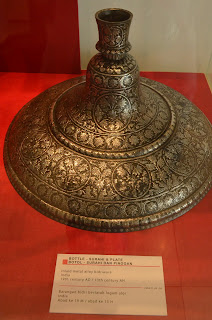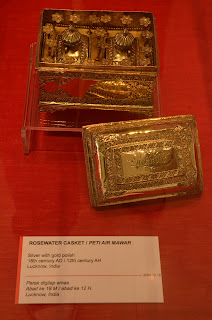LIM PEI WEN 1106637
The structure, composed of 55,000 square meters of lava-rock is erected on a hill in the form of a stepped-pyramid of six rectangular storeys, three circular terraces and a central stupa forming the summit. The whole structure is in the form of a lotus, the sacred flower of Buddha.
For each direction there are
ninety-two Dhyani Buddha statues and 1,460 relief scenes. The lowest level has
160 reliefs depicting cause and effect; the middle level contains various
stories of the Buddha's life from the Jataka Tales; the highest level has no
reliefs or decorations whatsoever but has a balcony, square in shape with round
walls: a circle without beginning or end.
In total, Borobudur represents the ten
levels of a Bodhisattva's life which he or she must develop to become a Buddha
or an awakened one.
What the Borobudur related to hero journey
that is the varies stories of Buddhist life which is carve on the wall. When Buddha
is 30 in age, The four encounters he meet during the first trip have motivated
him to follow the path of the mendicant and find a spiritual solution to the
problems brought about by human suffering. He left the luxurious life and become
a monk for seeking solution to human suffering. He has faced many challengers and
temptation from evil but all have overcome by him. Finally he achieves
Buddhahood .All the journey of Buddha can fix the hero journey, from “call to
adventure” to “the return”.
I think that the Borobudur is very spectacular architecture and it has record
stories of Buddha. The whole building is quite unique
in sculpt and delicacy in carving skill. In conclusion, the Borobudur
is a beautiful architecture for me .If I have the chance to travel in Indonesia,
it is worth to go there to have a look.











































